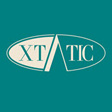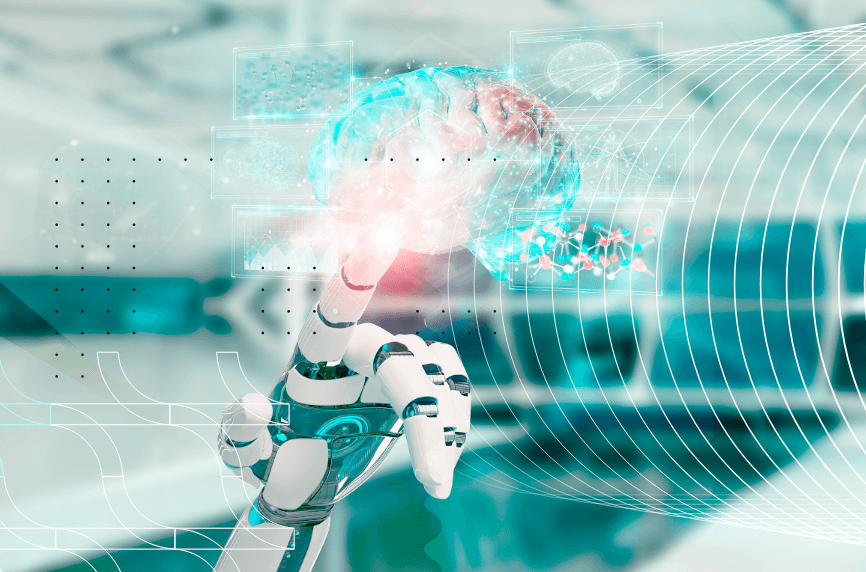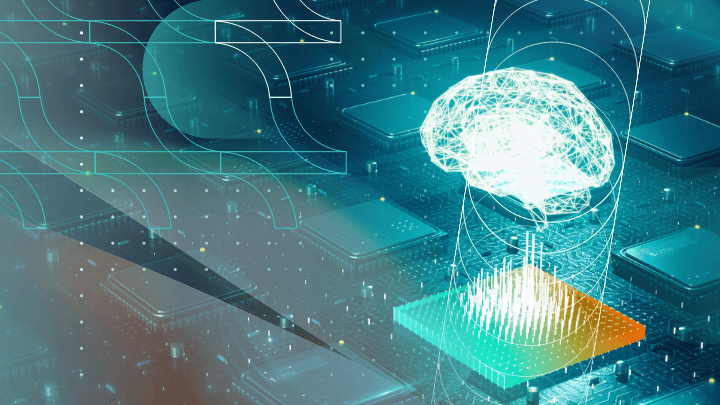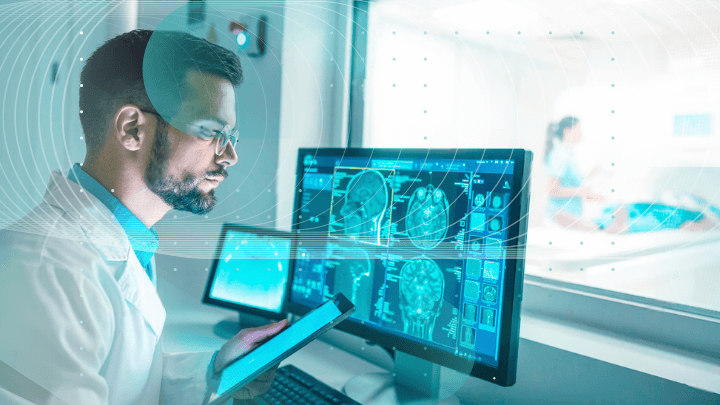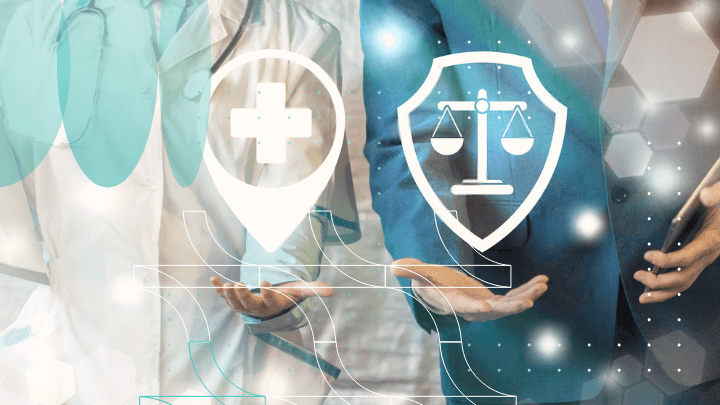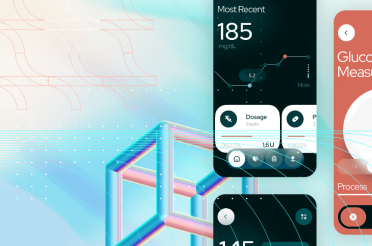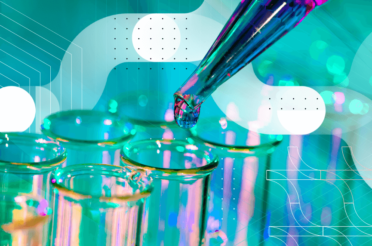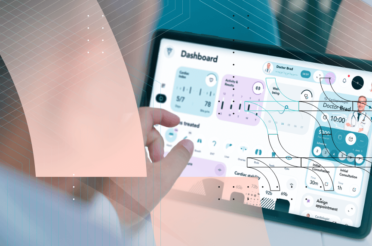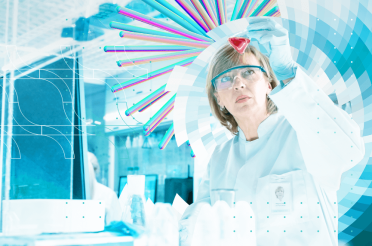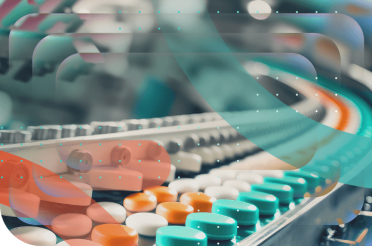In recent years there have been multiple revisions and new additions to regulations concerning technologies in the healthcare industry. With the forward march of artificial intelligence (AI) and its subfield – machine learning (ML) – guidelines and rules require more careful consideration.
Medical devices, for example, are a fundamental part of the treatment process. More and more such devices are being created using and incorporating Artificial Intelligence software.
New technologies and systems have opened the door to many more possibilities we never even knew were possible just by using AI and ML in their development processes. These are programs that have shown the medical community that they can be a great asset in the way patients are treated and cared for in more than one way.
The entire industry, along with its regulatory bodies, has begun to see the impact of these innovations. Instead of forbidding them and barring their development, they have started looking for ways to use them correctly and without unnecessary risk.
How can AI and ML benefit the healthcare industry?
To better understand how such new technologies can be of extreme value, we must also first understand what they actually are.
In the healthcare industry, artificial intelligence (AI) refers to the application of computer systems that can perform tasks typically requiring human intelligence. Such technologies are leveraged to analyze vast datasets, make predictions, and provide valuable insights that support medical professionals in the treatment of patients.
It enables the automation of repetitive tasks, such as medical image analysis, and helps in the discovery of patterns and correlations within patient data, ultimately leading to more accurate diagnoses and a better level of care.
Machine Learning as a subset of AI, is a specific technique that enables computer systems to learn from data and improve their performance over time without being explicitly programmed.

Harness AI and ML innovations in your medical devices.
Embrace innovation and stay ahead in the rapidly evolving healthcare industry.

The continued integration of AI and ML in healthcare and medical devices holds the promise of improving patient outcomes, optimizing resource allocation, and advancing medical research and practice.
The advantages of AI and ML
Similar to many technologies implementing Artificial Intelligence there has always been the worry that these systems would replace actual human physicians.
The outcome of allowing AI and ML in the treatment of patients and the development of devices, however, isn’t that there will no longer be human doctors. Instead, there won’t be many human doctors who don’t use these technologies.
To better show just how big of an advantage these innovations hold, we want to take a look at some of their most prominent applications.
1. Enhanced diagnostics
AI/ML-powered diagnostics involve the analysis of various medical data sources to assist in the early and accurate detection of diseases. This can include the interpretation of medical images (radiology, pathology, etc.), automated analysis of laboratory results, and the mining of electronic health records (EHRs).
For example, AI algorithms can detect subtle abnormalities or patterns in X-rays, MRIs, and CT scans that might be overlooked by human observers. This not only accelerates diagnosis but also reduces the chances of human error, potentially leading to more timely treatment and improved patient outcomes.
2. Personalized treatment
AI/ML can create personalized treatment plans by evaluating an individual patient’s medical history, genetic profile, and other relevant data. These technologies can identify specific factors that influence a patient’s response to treatments, including genetics, lifestyle, and co-existing conditions.
By tailoring treatments to the unique characteristics of each patient, healthcare providers can optimize therapeutic outcomes and minimize adverse effects. Personalized medicine is particularly important in fields like oncology, where treatments can be fine-tuned to target specific cancer mutations.
3. Real-time monitoring
Wearable medical devices with AI/ML capabilities, such as smartwatches and biosensors, continuously monitor a patient’s vital signs like heart rate, blood pressure, and glucose levels. They can also detect anomalies in real-time and provide immediate feedback to both healthcare providers and patients.
This proactive monitoring is especially beneficial for individuals with chronic conditions, allowing for early intervention when necessary and reducing the need for frequent in-person medical visits.
4. Predictive analytics
AI-based predictive analytics utilize historical and real-time healthcare data to forecast disease outbreaks, patient readmissions, and other healthcare trends. Hospitals and healthcare systems can allocate resources more efficiently by anticipating and preparing for patient needs. For example, during flu seasons, predictive models can help hospitals adjust staffing and resource allocation to manage patient surges effectively.
5. Natural language processing (NLP)
NLP is used to develop AI-powered chatbots and virtual assistants that can understand and generate human language. In healthcare, NLP-powered virtual assistants can help with medical documentation, answer patient queries, and improve the patient experience. They are precious for streamlining administrative tasks, such as appointment scheduling, and providing patients with reliable information.
The slow integration of innovation
All new technologies, especially ones as sophisticated as Artificial Intelligence require a while to be commonly used in any kind of field, especially one as regulated and safeguarded as the healthcare industry. But how did such technologies start to move into the medical community and, more specifically, be used in developing medical products?
This is just a short timeline of how it all began for AI and ML being used in medical devices:
- Early 2010s: The groundwork for AI and ML applications in healthcare and medical devices was laid in research labs. Researchers started exploring AI algorithms for medical imaging and clinical decision support.
- 2016 to 2017: AI algorithms, particularly deep learning models, began making significant progress in interpreting medical images. For instance, in 2016, Google’s DeepMind developed an AI system for analyzing retinal images to detect eye diseases.
- 2018 to 2019: Wearable devices with AI capabilities, such as smartwatches and fitness trackers, gained popularity for monitoring health data. These devices started to incorporate AI for more advanced features, including heart rate analysis and fall detection.
- 2019 to 2020: The U.S. FDA (Food and Drug Administration) began issuing its first approvals for AI-powered medical devices. This included an AI-based diagnostic device for detecting diabetic retinopathy.
- 2020 to 2021: The COVID-19 pandemic accelerated the development and adoption of AI solutions in healthcare. Telemedicine and remote monitoring technologies became essential. AI was used for predicting disease spread, optimizing healthcare resource allocation, and developing COVID-19 diagnostics.
- 2022 to Present: Ongoing advancements in AI and ML are expected to continue reshaping healthcare. Innovations may include more AI-powered diagnostic tools, improved drug discovery processes, and increasingly sophisticated wearable devices with AI/ML features.
The regulatory landscape that led to new technologies
Regulatory action has played a crucial role in influencing the integration of AI and ML into medical devices and healthcare. Regulations aim to ensure the safety, efficacy, and ethical use of these technologies while providing a framework for innovation.
The first steps in the process towards achieving the goal of incorporating AI and ML into the healthcare industry in as safe a way as possible were taken by the Food and Drug Administration (FDA).
The traditional regulatory pathways for medical devices were not originally designed to accommodate the rapid and ongoing updates that are common for software-based devices. AI/ML-powered medical devices, especially those used for diagnostics and treatments, are inherently designed to evolve over time through software updates, the addition of new features, and algorithm enhancements to improve their performance.
These devices pose unique challenges, particularly when they continuously adapt and learn in real-time settings.
To address these challenges, the FDA’s discussion paper on AI/ML in Software as a Medical Device (SaMD) (1) introduces a novel regulatory framework for handling modifications to AI/ML-based software used as medical devices. This proposed approach encompasses the entire lifecycle of the product and acknowledges the iterative nature of AI/ML algorithm development.
Throughout these iterative cycles, key considerations include the quality and relevance of the data used for testing, the methods employed in training the algorithms, and the testing procedures. Ensuring confidence in the algorithm’s function and performance is achievable through appropriate validation, transparency, and post-modification claims.

Elevate Your Healthcare Solutions–with BGO's AI Expertise
oin us in shaping a future where technology and healthcare merge to provide unparalleled patient experiences.
The situation in Europe
In Europe, medical devices must conform to the CE marking regulations. The new Medical Device Regulation (MDR) and In Vitro Diagnostic Regulation (IVDR) place a greater focus on the use of AI and software in medical devices, defining specific requirements for conformity assessment.
The CE marking is a certification that indicates a medical device conforms to the essential health and safety requirements outlined in European Union (EU) directives or regulations. It signifies that the device meets the necessary quality and safety standards to be placed on the European market and used within the EU.
The new regulations – the MDR and the IVDR, are comprehensive updates to the EU’s regulatory framework for medical devices. These regulations came into effect to address the evolving landscape of medical technology, including the increased use of AI and software in medical devices.
Final words
As we have seen, the path to safely incorporating artificial intelligence into the development and function of medical devices has not been a short one and definitely not a completed one.
Regulatory agencies emphasize post-market surveillance to monitor the performance of AI/ML devices in real-world healthcare settings as the entire progress we have made marks a path we have not yet fully explored and need to still be vigilant.

Whether you’re a startup, a Fortune 100 company or a government organisation, our team can deliver a solution that works for you.
BGO Software
BGO Software seeks to be proactive in the face of innovation by further endeavoring to better understand the rapidly changing regulatory landscape of the field and stay informed on the newest possibilities these technologies hold.
Sources:
